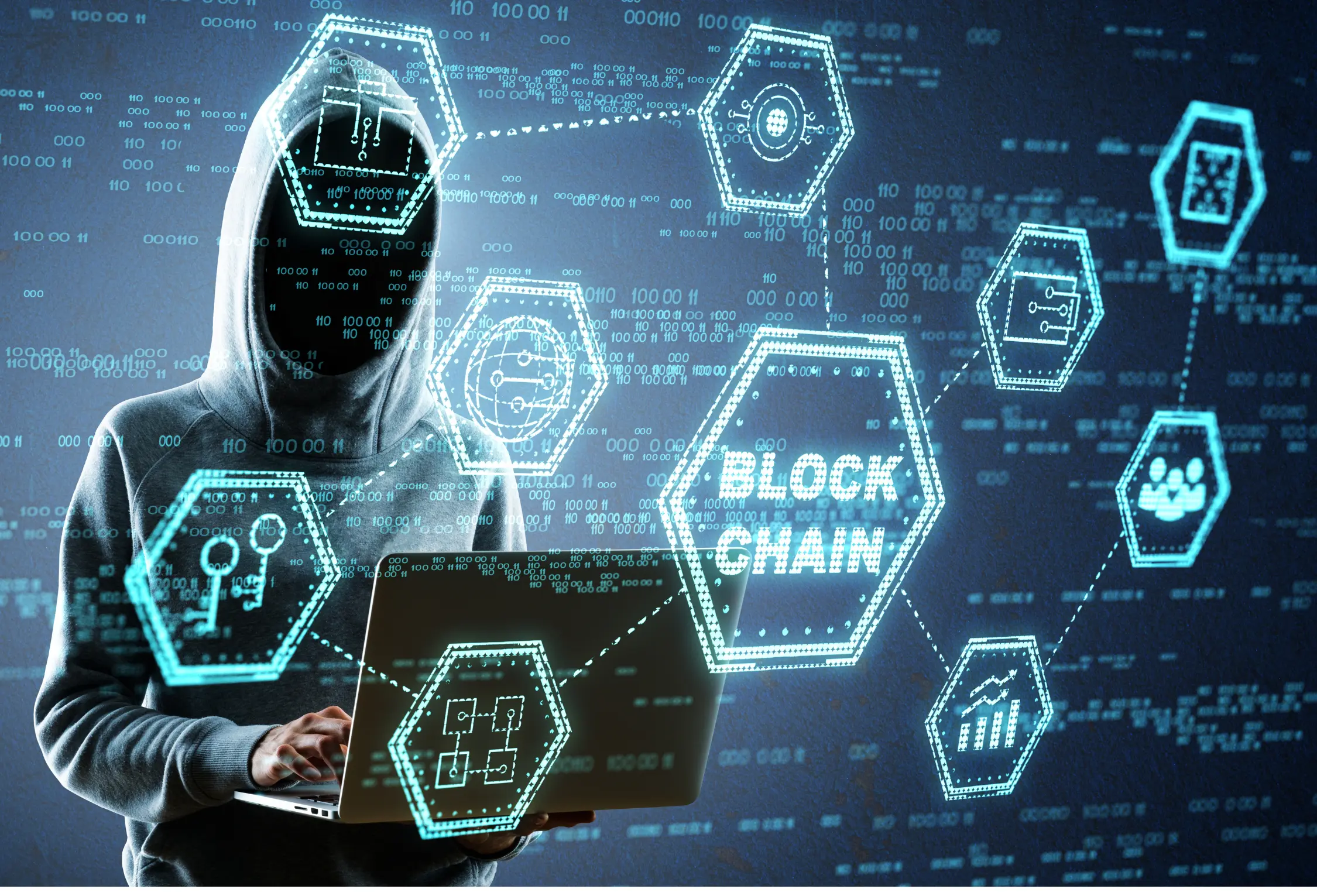The SDGs, or Sustainable Development Goals are a set of guidelines adopted by the United Nations primarily to archive global sustainability and other developmental goals.
These universal goals include eradication of poverty, protection of the planet and generic insurance and maintenance of peace.
There are 17 goals within this set of guidelines that include global goals for a better and sustainable future.
The SDGs address a wide range of global challenges. Although these guidelines are not legally binding, they’re inclusive of the moral imperative that nations around the world must take.
The Sustainable Development Goals
The sustainable development goals are crucial for addressing the most pressing global challenges of our time. They recognize that ending poverty and other deprivations must go hand-in-hand with strategic implementation.
The goals are interconnected, meaning that progress in one area can contribute to progress in others.
Goal 1: No Poverty – This goal targets eradicating extreme poverty, implementing social protection systems, and ensuring equal rights and access to economic resources.
Goal 2: Zero Hunger – This emphasizes ending hunger, ensuring access to safe and nutritious food, and supporting small-scale farmers.
Goal 3: Good Health and Well-being – This goal covers targets related to reducing maternal and child mortality, combating communicable and non-communicable diseases, achieving universal health coverage, and addressing substance abuse.
Goal 4: Quality Education – This goal emphasizes inclusive and equitable quality education and promotes lifelong learning opportunities for all.
Goal 5: Gender Equality – This covers ending discrimination, violence, and harmful practices against women and girls, ensuring equal opportunities in leadership and decision-making, and recognizing and valuing unpaid care and domestic work.
Goal 6: Clean Water and Sanitation – This goal targets achieving universal access to safe and affordable drinking water, adequate sanitation and hygiene, improving water quality, increasing water-use efficiency, and protecting water-related ecosystems.
Goal 7: Affordable and Clean Energy – This goal focuses on ensuring access to affordable, reliable, sustainable, and modern energy for all.
It includes targets on increasing the share of renewable energy, improving energy efficiency, and enhancing international cooperation to facilitate access to clean energy research and technology.
Goal 8: Decent Work and Economic Growth – Promoting sustained, inclusive, and sustainable economic growth, full and productive employment, and decent work for all are the objectives of this goal.
It covers targets related to sustainable tourism, youth employment, labor rights, and resource efficiency in economic growth.
Goal 9: Industry, Innovation, and Infrastructure – Building resilient infrastructure, promoting inclusive and sustainable industrialization, and fostering innovation are the key focuses of this goal.
Goal 10: Reduced Inequalities – Reducing inequalities within and among countries is the aim of this goal.
It covers targets on promoting inclusion, empowering and promoting the social, economic, and political inclusion of all, and adopting policies to achieve greater equality.
Goal 11: Sustainable Cities and Communities – This includes targets on ensuring access to adequate, safe, and affordable housing and basic services, reducing the environmental impact of cities, and strengthening efforts to protect the world’s cultural and natural heritage.
Goal 12: Responsible Consumption and Production – This covers targets on achieving sustainable management and efficient use of natural resources, reducing food waste, and promoting sustainable practices in public procurement and reporting by companies.
Goal 13: Climate Action – This includes targets on strengthening resilience and adaptive capacity to climate-related hazards, integrating climate change measures into national policies and strategies, and improving education and awareness on climate change mitigation and adaptation.
Goal 14: Life Below Water – Conserving and sustainably using the oceans, seas, and marine resources for sustainable development is the objective of this goal.
Goal 15: Life on Land – Protecting, restoring, and promoting sustainable use of terrestrial ecosystems, sustainably managing forests, combating desertification, and halting biodiversity loss are the key focuses of this goal.
Goal 16: Peace, Justice, and Strong Institutions – Promoting peaceful and inclusive societies, providing access to justice for all, and building effective, accountable, and inclusive institutions at all levels are the objectives of this goal.
Goal 17: Partnerships for the Goals – Strengthening the means of implementation and revitalizing the global partnership for sustainable development is the focus of this goal.
Closing Thoughts on Sustainable Development Goals
In order to create impactful, real change around the world, policy makers and businesses must look into the root causes of issues like inequality, discrimination, violence, lack of education or healthcare.
Several factors contribute to these issues. Mainly the socio-economic factors that exist in each community.
It takes time and collective effort in order to understand the root cause and implement changes in the world.
Businesses and policy makers must prioritize inclusivity, equality and non-discrimination to ensure sustainable development takes place.
The sustainable development goals offer a reliable blueprint of what can be done for the betterment of the world.





